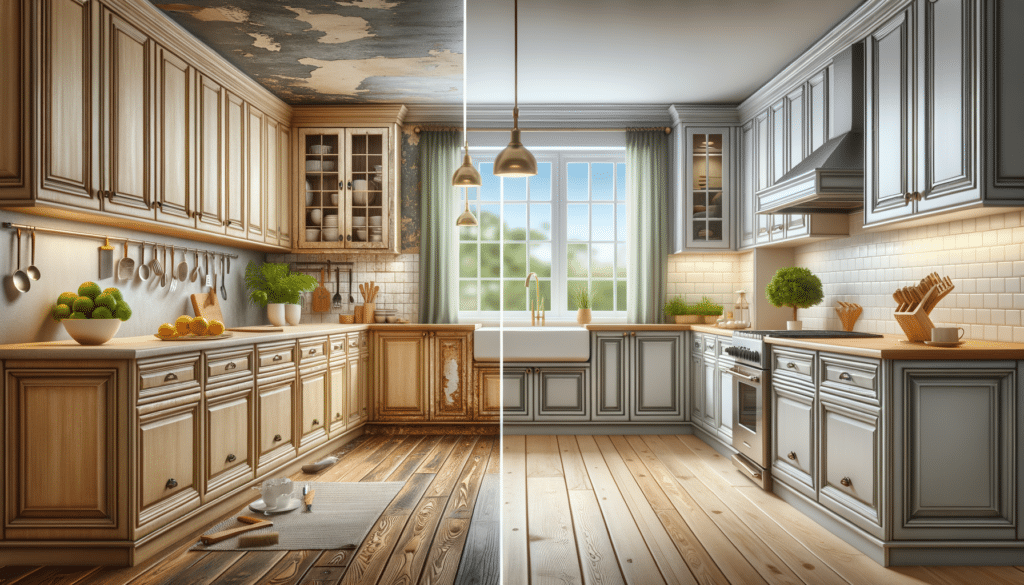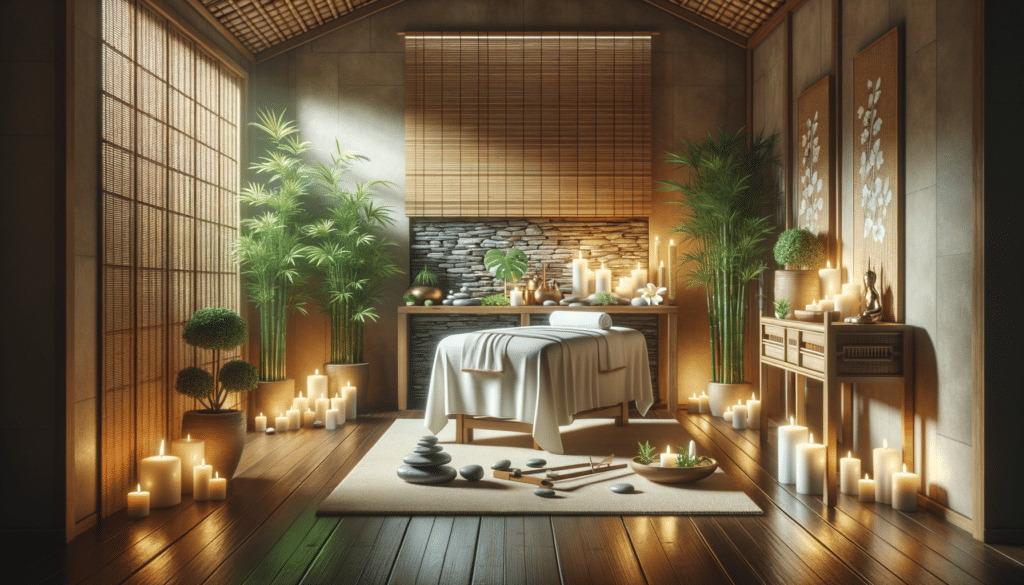Introduction to Metal Roofs
Metal roofs have become increasingly popular in recent years, thanks to their exceptional durability, energy efficiency, and modern aesthetic appeal. These roofs are crafted from various metals such as steel, aluminum, copper, and zinc, each offering unique benefits and characteristics. As homeowners and builders seek sustainable and long-lasting roofing solutions, metal roofs stand out as a top choice. This article delves into the myriad advantages of metal roofs, exploring their composition, benefits, and considerations for those contemplating this roofing option.
Types of Metal Roofing Materials
Metal roofs can be made from a variety of materials, each with its distinct properties and advantages. Understanding these materials is crucial for making an informed decision:
- Steel: One of the most common choices, steel is known for its strength and durability. It often comes with a protective coating to prevent rust and corrosion, making it suitable for various climates.
- Aluminum: Lightweight and resistant to corrosion, aluminum is ideal for coastal areas with high humidity. It reflects sunlight effectively, contributing to energy savings.
- Copper: Renowned for its aesthetic appeal and longevity, copper develops a unique patina over time. While it is more expensive, its durability often justifies the cost.
- Zinc: Zinc roofs are praised for their self-healing properties and ability to resist corrosion. They are eco-friendly and can last for over a century with proper maintenance.
Each material offers specific benefits, and the choice often depends on factors such as budget, climate, and architectural style.
Benefits of Metal Roofs
Metal roofs provide a host of advantages that make them a preferred option for many homeowners:
- Longevity: Metal roofs can last 40-70 years, significantly longer than traditional asphalt roofs.
- Durability: They can withstand extreme weather conditions, including heavy snow, hail, and high winds.
- Energy Efficiency: Metal roofs reflect solar radiant heat, which can reduce cooling costs by 10-25%.
- Environmentally Friendly: Often made from recycled materials, metal roofs are 100% recyclable at the end of their life.
- Low Maintenance: With proper installation, metal roofs require minimal maintenance compared to other roofing types.
These benefits make metal roofs an attractive option for those seeking a long-term, eco-conscious roofing solution.
Considerations and Potential Drawbacks
While metal roofs offer numerous advantages, there are some considerations to keep in mind:
- Cost: The initial cost of metal roofing is higher than traditional roofing materials. However, the long-term savings on energy and maintenance can offset this expense.
- Noise: Without proper insulation, metal roofs can be noisier during rain or hailstorms. Adding soundproofing materials can mitigate this issue.
- Expansion and Contraction: Metal expands and contracts with temperature changes, which can cause fasteners to loosen over time. Proper installation and maintenance are essential to prevent this.
- Installation Complexity: Installing a metal roof requires specialized skills and knowledge, making it crucial to hire experienced professionals.
By weighing these factors, homeowners can better determine if a metal roof is the right choice for their needs.
Conclusion: The Future of Roofing
Metal roofs represent a blend of tradition and innovation, offering a roofing solution that is both timeless and forward-thinking. With their exceptional durability, energy efficiency, and aesthetic versatility, they are poised to remain a popular choice for years to come. As building practices continue to evolve towards sustainability, metal roofs stand out as a responsible and practical option for modern construction. By considering the various materials, benefits, and potential drawbacks, homeowners can make informed decisions that align with their long-term goals and environmental values.





